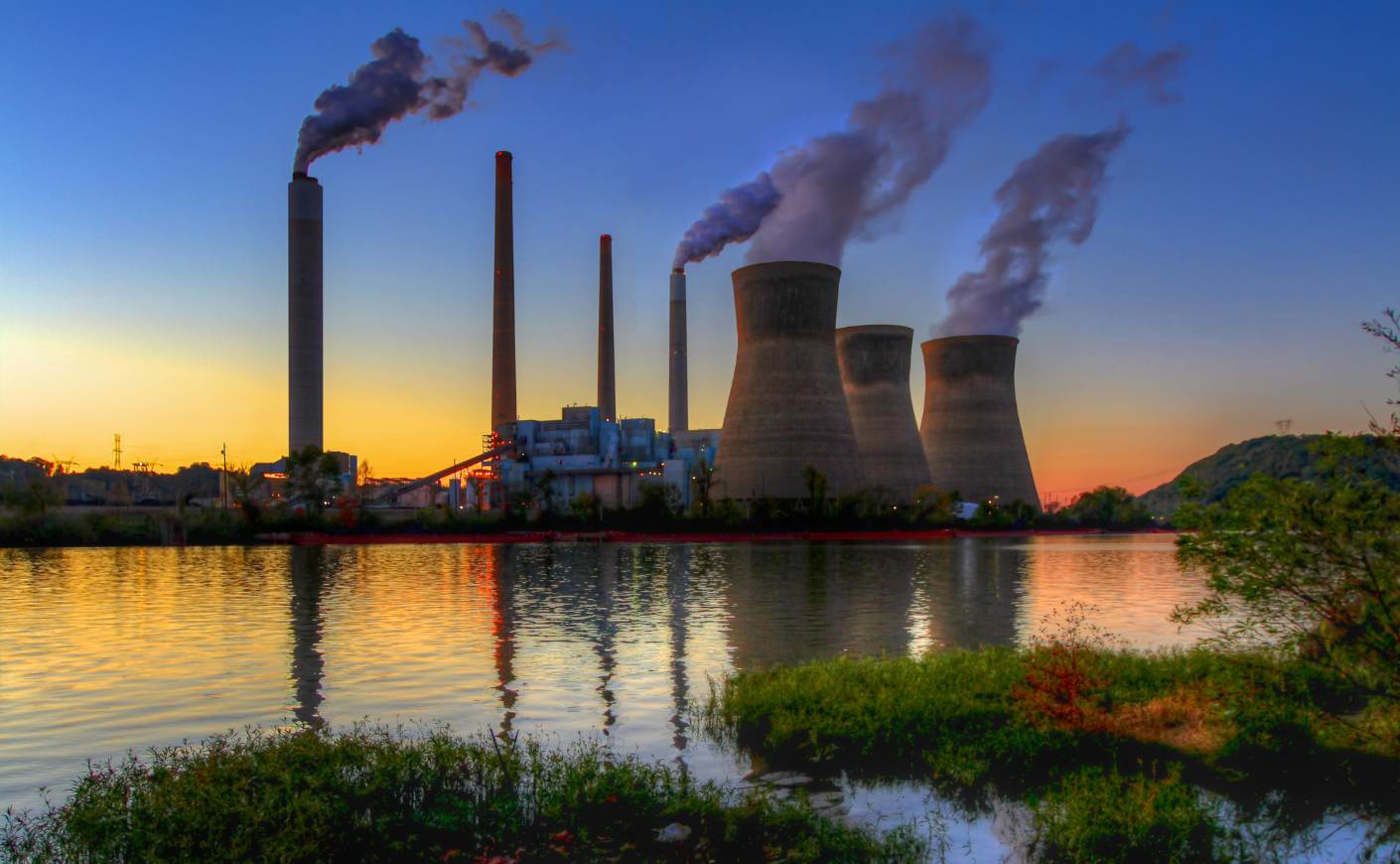While the Trump administration pushes more coal, oil, and gas, the Energy Department rolled out a climate report that critics say minimizes the dangers of greenhouse gases — and doubles as a political tool to stall action on climate change.
And now, scientists are pushing back. Andrew Dessler, a professor of atmospheric sciences at Texas A&M University, organized a sprawling rebuttal with dozens of respected researchers from around the world, calling out the report’s inaccuracies and misrepresentations of key data.
“When I read the DOE report, I saw a document that does not respect science,” Dessler told Axios.“Instead, I saw a document that’s a mockery of science.”
Here’s a closer look at what’s in the report — and what it reveals about the Trump administration’s broader approach to science.
What’s in this DOE report, anyway?
In July, the Department of Energy released a 151-page report titled “A Critical Review of Impacts of Greenhouse Gas Emissions on the U.S. Climate.” Drawing on peer-reviewed studies and government data, it cast doubt on the mainstream scientific consensus about climate change.
The five authors weren’t chosen by chance. They were handpicked by Energy Secretary Chris Wright — a former fossil fuel executive — and included figures like Roy W. Spencer, Ph.D., and Judith Curry, Ph.D., both well known for their contrarian views on climate science.
The findings quickly drew controversy: Although the report conceded that the Earth is warming, it also asserted that “CO₂-induced warming appears to be less damaging economically than commonly believed” and warned that “aggressive mitigation strategies” to cut emissions “may be misdirected” — a stance that closely mirrors the interests of the oil and gas industry.
Wright himself doubled down on the findings, saying in a statement: “Climate change is real, and it deserves attention. But it is not the greatest threat facing humanity.”
Still, the stakes go beyond rhetoric. The DOE’s July report is also being used to support the Environmental Protection Agency’s planned repeal of the 2009 “endangerment finding” — a landmark determination that greenhouse gases threaten public health and welfare, and the legal foundation that gives the EPA authority to regulate emissions.
Why scientists are rejecting it
In response, more than 85 climate experts from America and around the globe fired back with a 439-page chapter-by-chapter scientific review that’s nearly three times the length of the DOE’s original report. Together, they argued the government’s analysis was riddled with mistakes — such as citing research by Kristie Ebi, a global health professor at the University of Washington, to claim dietary supplements could offset nutrient loss in crops as the planet warms, although her work made no such claim.
Experts also flagged misleading visuals. Cyrus C. Taylor, a physics professor at Case Western Reserve University in Cleveland, said one chart of yearly average atmospheric carbon dioxide left out key data and was designed in a way that made it look as though levels had barely risen. “It’s a graphical sleight of hand,” Dr. Taylor said.
In some cases, the data was blatantly cherry-picked. The Energy Department report noted that carbon dioxide is a greenhouse gas that helps plants grow and argued that more CO₂ would boost agricultural yields. But the rebuttal countered that this framing ignores the well-documented downsides of global warming on crops, including extreme heat, drought, wildfires, and floods.
So why put out a report like this in the first place? Dessler, the Texas A&M professor, said the aim was to “muddy the waters” and provide “a plausible-sounding argument that people can use in the public debate to make it sound like we don’t know whether climate change is bad or not.”
So far, the Energy Department has declined to comment directly on scientists’ criticisms. But spokesman Ben Dietderich said in a statement that the agency sought an “open and transparent dialogue around climate science.” That dialogue included a public comment period, which closed on Sept. 2, giving researchers, advocacy groups, and industry representatives a chance to weigh in before the DOE moves forward.
Part of a larger trend?
Critics say the DOE report is emblematic of a broader trend under the Trump administration: convening selective committees to produce politically expedient reports that fit with the president’s agenda.
“It’s clear that this administration wants to take control, at the political level, of the scientific process of the government,” said Dr. John Balbus, former Deputy Assistant Secretary for Climate Change and Health Equity at the Department of Health and Human Services.
Balbus noted that a similar playbook has emerged at the Department of Health and Human Services around vaccines. Political appointees have leaned on questionable opinions and distorted scientific reports to suggest vaccines cause more harm than good, which Balbus calls “a ludicrous and completely unsubstantiated assertion.”
That same politicization of science, critics argue, is now playing out in the courts. In August, environmental groups and independent scientists sued the Energy Department over its climate report, saying it violated transparency laws. And if the EPA moves ahead with repealing the endangerment finding, the rebuttal could become a key piece of the legal fight.
Ultimately, this battle isn’t just about charts and footnotes. It’s about how the U.S. will manage its relationship with fossil fuels moving forward — and whether the government will face the reality of climate change head-on.









